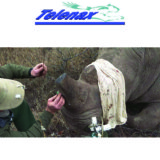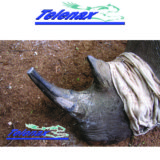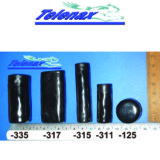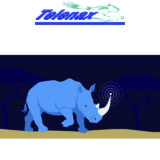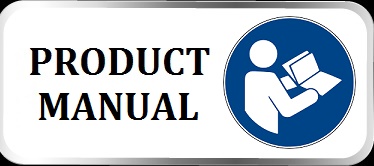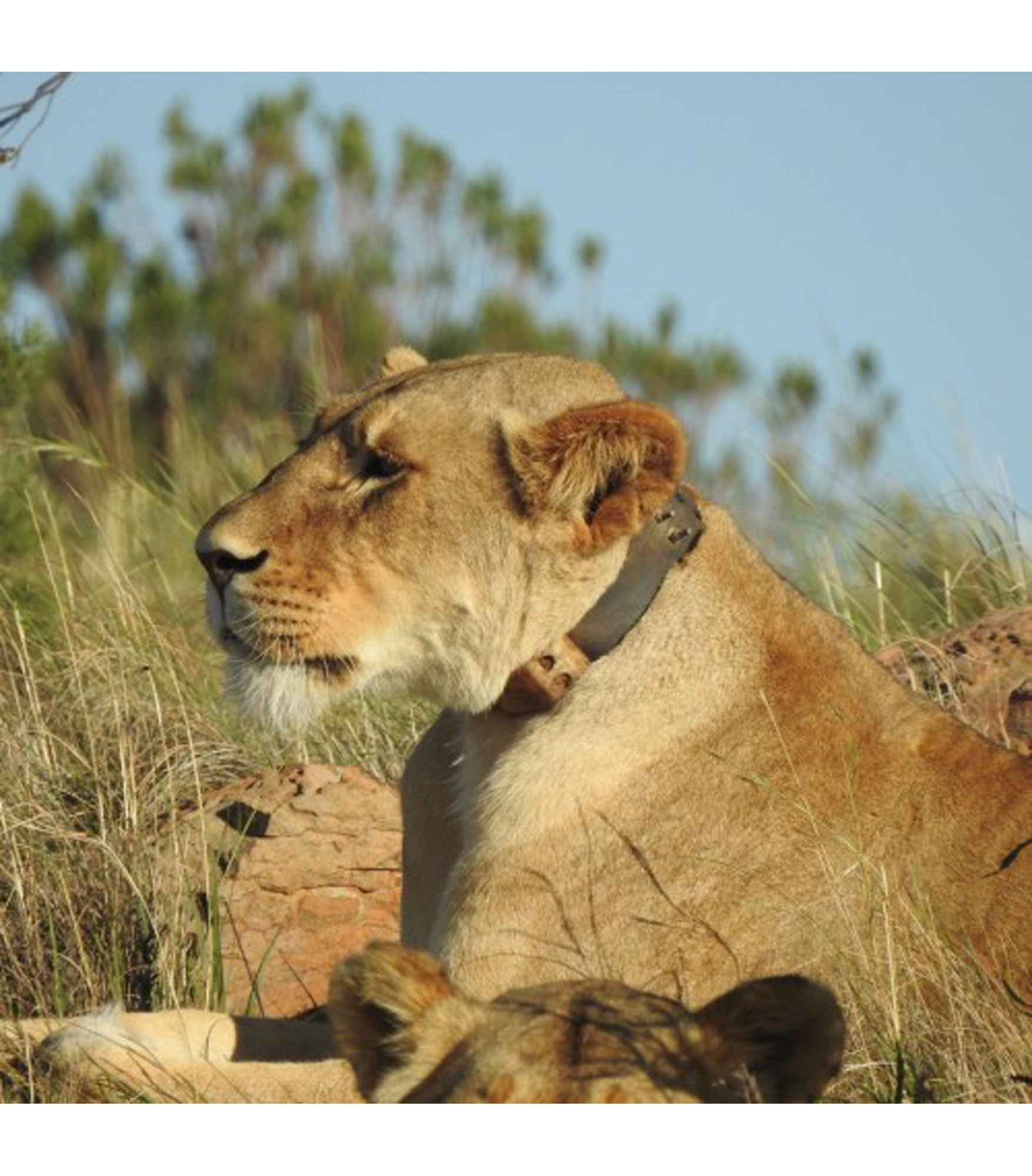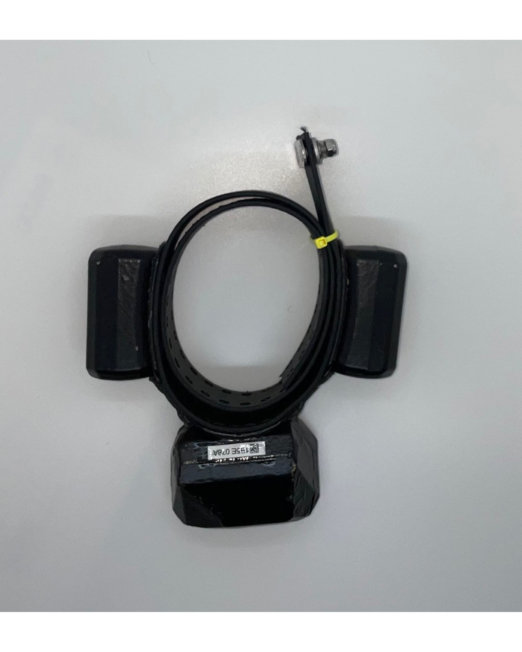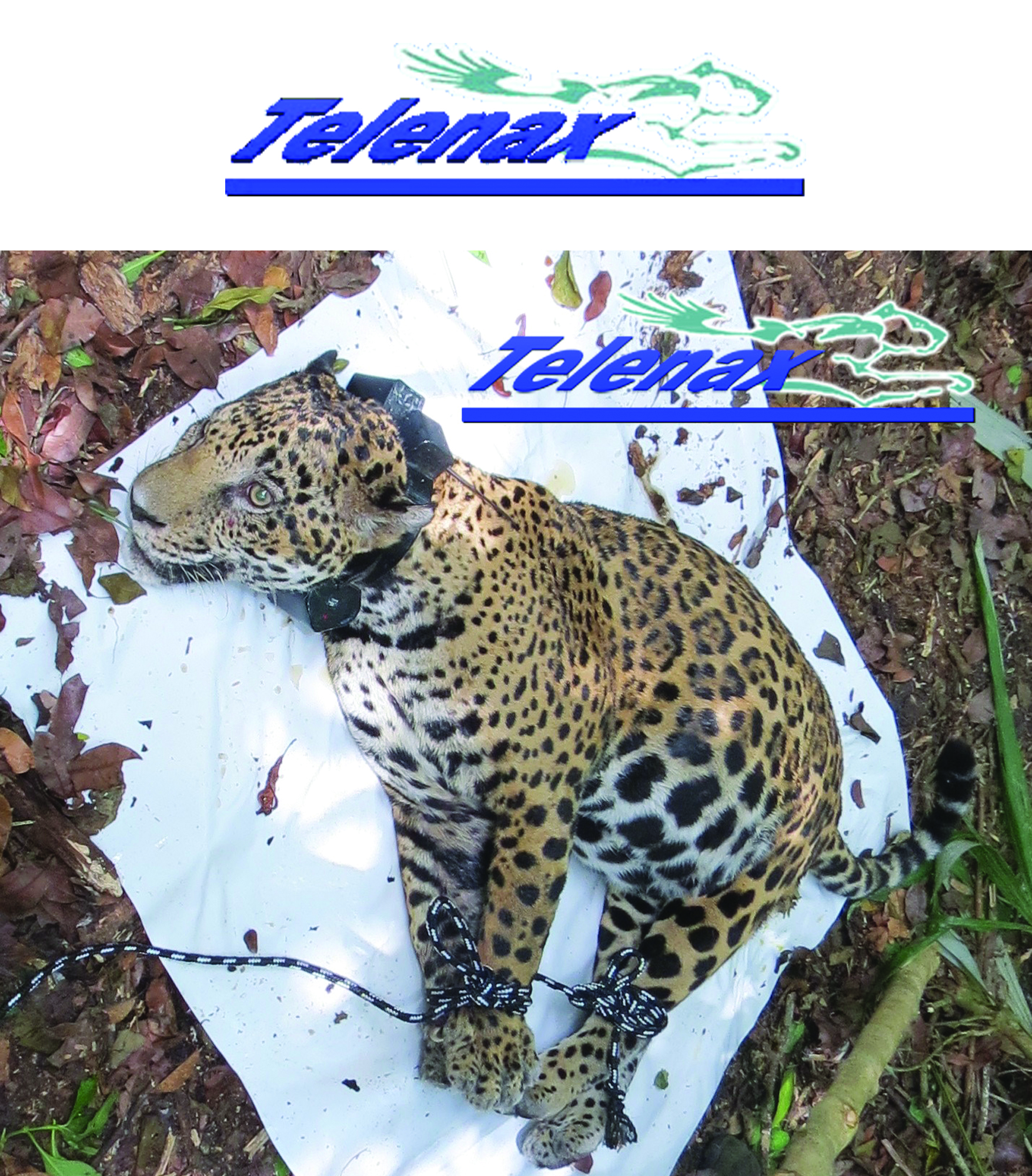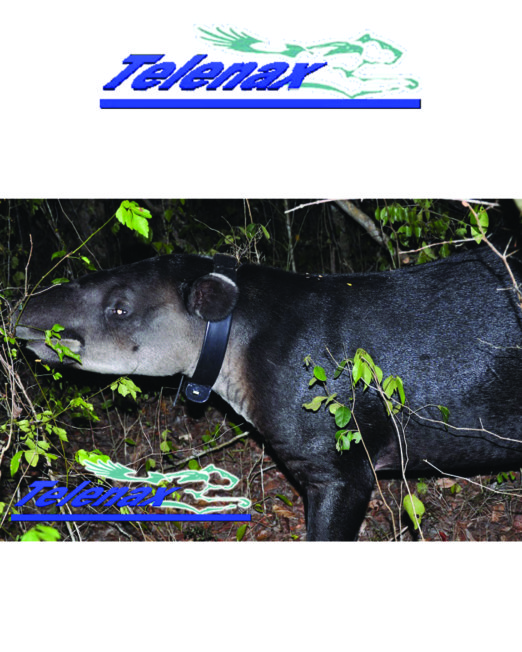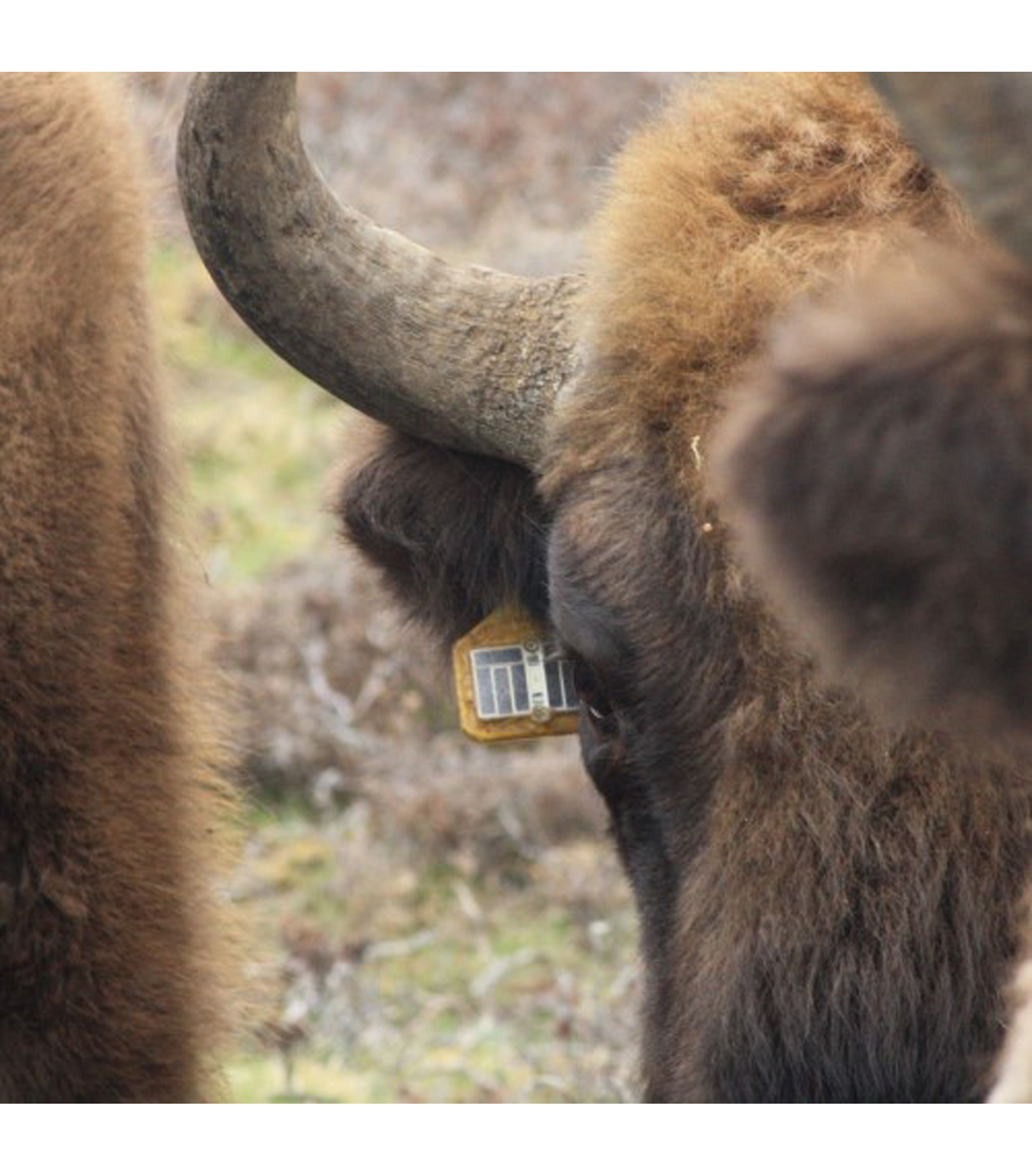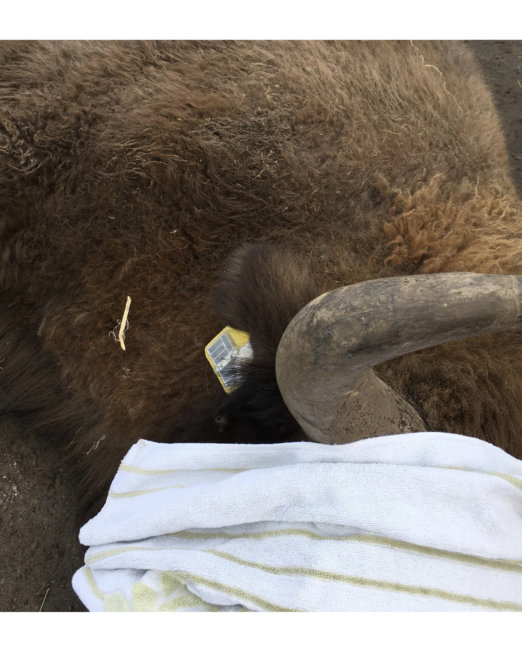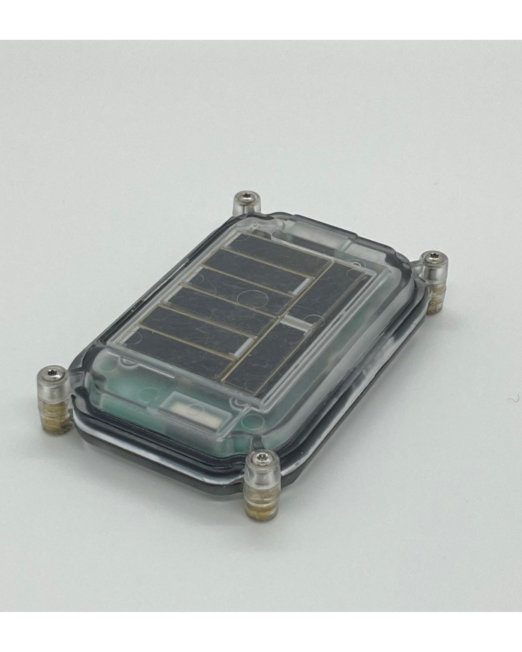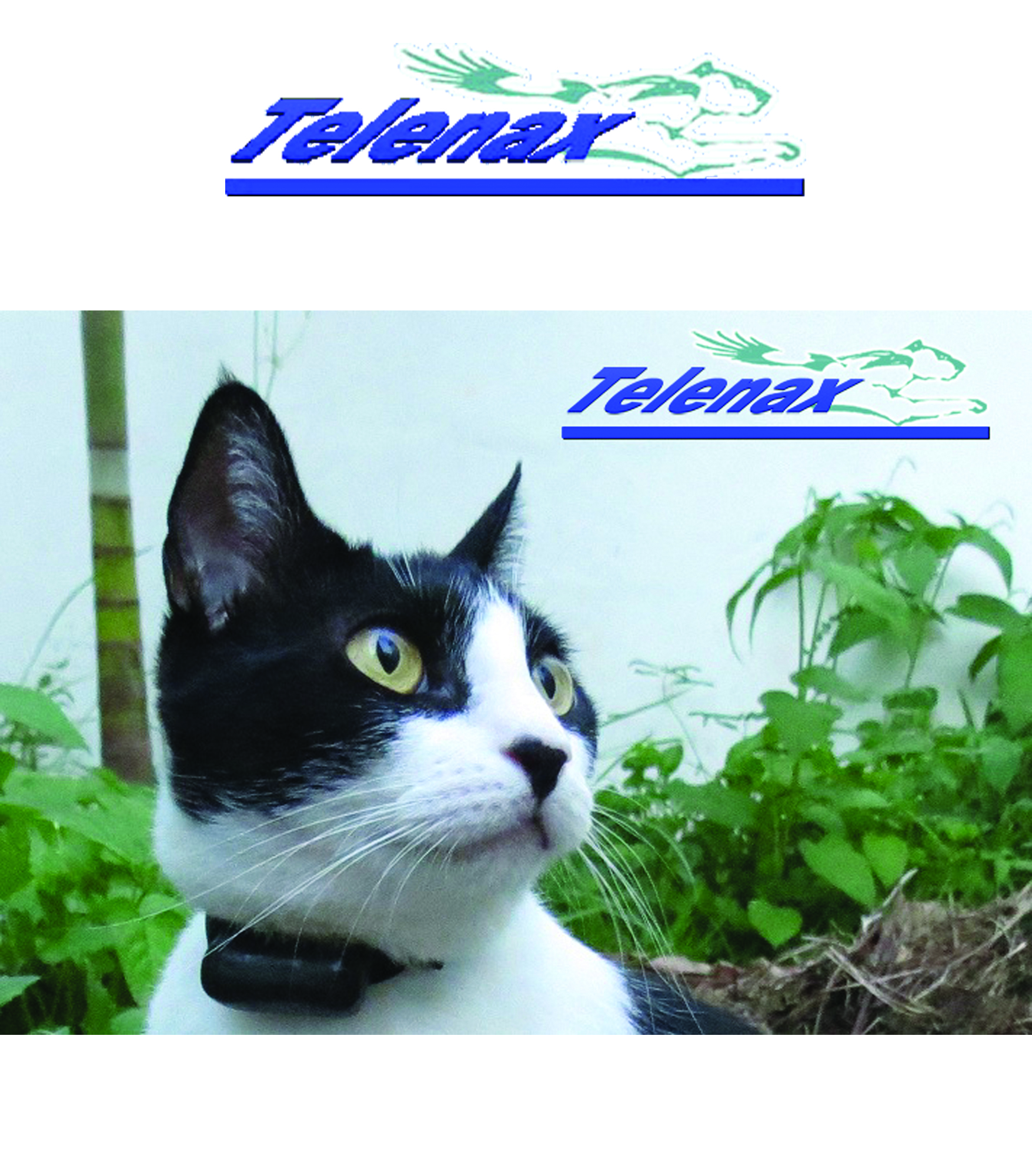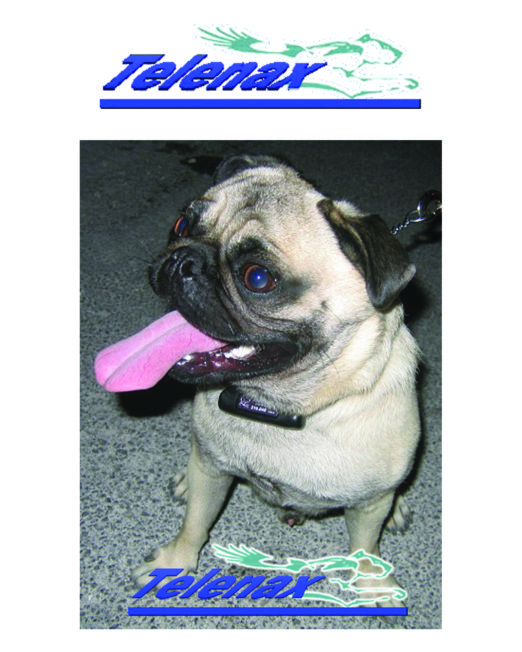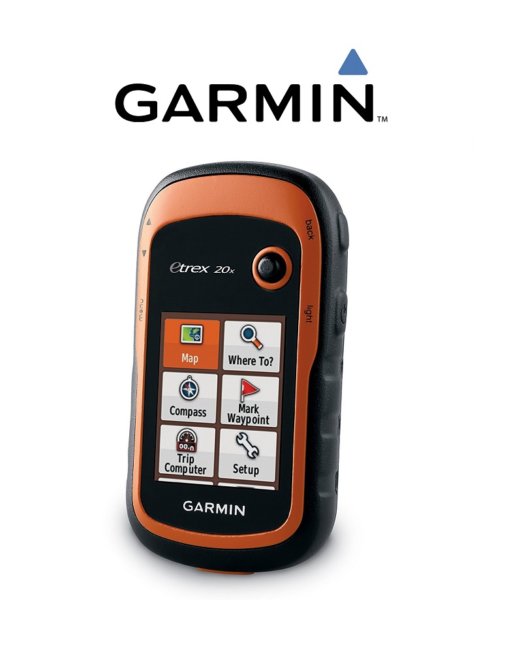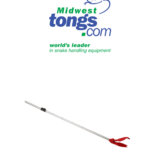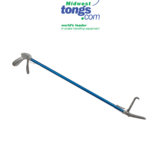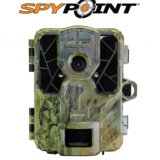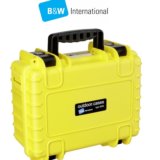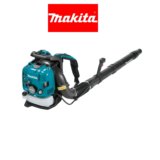Rhinoceros tracking device
Rhinoceros tracking device
For rhinoceros the best option is a Collar or if tracking is of short range and less than 2 years then an implant on the horn is the best choice.
VHF
VHF telemetry is a reliable and cost-effective solution for wildlife tracking.
VHF is a very cost effective and in many cases the best or even the only option for long term and/or long-range tracking, especially on smaller species.
Telenax is a leading manufacturer of VHF telemetry equipment worldwide. We have served the market for more than a decade and we have many returning customers because our units are efficient and reliable.
Starting at 0.35 grams we offer some of the smallest radio tracking equipment available in the world. Even our smallest units are microprocessor controlled which adds extra reliability and control over pulse width and rate.
We also offer extra features like activity-inactivity-mortality, posture or water sensor. We can customize the transmitters to find the perfect balance between strength and life depending on customer’s needs.
Our materials are top of the line. For example, we use an amazing belting for our transmitters which is light, flexible, waterproof, with perfectly smooth and rounded edges, does not promote fungi growth, extremely strong (successfully used on bears), and we can offer widths of 18, 30 and 50 mm. Our attachments and housings are carefully designed to be the least invasive and yet most functional. For instance, our ear tags are very popular because they are shaped to avoid entanglement and biting from other animals. Our implanted tags use coiled internal antennas that are better for the animal and still achieve very good signal strength
Despite our large selection of different models, we pride ourselves in being able to customize orders with customerdefined features such as battery size, attachment technique (collar, backpack, harness, etc), attachment materials, shape, weight and/or size restrictions, etc. Animal comfort and welfare are always of the greatest importance.
As we care about nature conservation and research, we have recently increased our Best Price Guarantee in which we promise to keep our prices at least 20% cheaper than other comparable system from other well-recognized wildlife tracking manufacturers.
Last but not least, we are so confident in our technology and reliability we offer an extended warranty option for up to 3 years. If you are still hesitant, you can buy one or two units for your own testing so you can be fully convinced.
For rhinoceros the best option is a Collar or if tracking is of short range and less than 2 years then an implant on the horn is the best choice.
Technical Specifications:
Extremely low power consumption: For example, Collars at around 700 grams can last for up to 13 years at 6 GPS
locations per day
Active GPS antenna and dual GPS-GLONASS receiver: Allows for greater sensitivity, higher success rates and faster GPS
time to fix
100% Wireless: Allows the unit to be fully encapsulated providing greater protection against outdoor conditions and
treatment by wildlife
Data Output:
– GPS Data: Time / Date / Altitude / Latitude / Longitude / Speed
– Satellites Visible / HDOP: To estimate GPS accuracy per fix
– Activity Level: Allows you to measure how much activity the animal was having at the programmed time.
Example: Resting would give 0, walking ~10, running ~20, fighting ~50
– 3 axis accelerometer: Measures the acceleration or “G” forces in X, Y and Z planes. In the absence of G forces, it
measures Gravity to estimate position (mostly inclination)
– 3 axis magnetometer: Measures magnetic fields in X, Y and Z planes. In the absence of any stronger magnetic force it
measures the Earth’s Magnetic Field so it can be used to estimate position (mostly direction)
– Temperature: Accuracy ± 2°C. Resolution 0.1°C
– GPS Battery voltage: Indicates when the GPS battery is close to ending
– Mortality: Notification sent in case the unit has not moved for a predetermined amount of time
Extra features:
– Water sensor (optional): As GPS does not work under water, this sensor halts the GPS scheduled attempt and
waits until it has come out of the water to make it. It also records if the animal is in or out of the water at the scheduled
Sensor-only readings
– Hibernation: You can program the unit to switch to a secondary low power itinerary once it detects the animal is
in the den, and it deactivates when it comes out
– VHF Transmitter: 100% independent to increase reliability or to share the same battery as the GPS module to
minimize size and weight. Its pulsing rate and/or signal strength can be customized to fit the estimated GPS unit’s life
– Activity-Inactivity-Mortality: Included on the pulsing rate of the VHF transmitter
– Memory: Non-Volatile and with a capacity of more than 500,000 rows of data (1 row = 1 GPS position with all
Sensors and Notifications included)
– Battery calculator: Based on your created Itinerary, no matter how complex
– Drop-off System (optional):
– Reusable: Easily resettable by the user
– Can be activated in 4 different ways:
By exact date
By a determined number of days after turned on
When GPS unit goes into Low battery
On-demand by sending the command with the Tablet
State-of-the-art “Telenax GPS Interaction” (TGI) system: A very easy and intuitive application which is to be installed on a
Tablet with Bluetooth system for programming, verification, manual data download and drop-off activation. It has the
following capabilities:
– Itinerary Creator: Highly flexible Itineraries, which consist on selecting:
When you want GPS positions to be taken along with Sensors readings. 6 Daily tables at your disposal.
When you want Sensors readings to be taken (without GPS as this saves a lot of battery life). 3 Daily tables at your
disposal
If and when you want the unit to turn its Communication System on, so you can wirelessly communicate with it. 3 Daily
tables at your disposal
Example: On days 1, 10 and 20 of every month, take GPS with sensors at 02:00, 05:00, then from 07:00 to 10:20 every 10
minutes; then Sensors-only from 10:30 to 18:00 every 30 minutes, and then GPS with sensors at 20:00 and 23:00
– Long communication range: Up to 750 meters LOS (ideal conditions)
– Fast data downloading: Faster than 3,000 rows of data per minute
– Autonomous Data Download (ADD) system: Leave the receiver in the area and it will automatically collect all the
data as soon as it can connect with the unit(s)
Size: From 4 x 2.7 x 2.7 cm (primary batteries included)
Weight: From ~25 grams(primary batteries included)
Life: For example, at 4 GPS location per day life ranges from up to 4 months for the smallest (1/2AA size battery), to up
to 30 years for the largest (4xD size battery) models
For rhinoceros the best option is a Collar or if tracking is of short period of time then an implant on the horn is the best
choice.


